Introduction and Rondo Capriccioso (BB) - Saint-Saëns/arr. Vertommen |
||
|
The Euphonium Virtuoso Collection is a new series of euphonium solos arranged by Luc Vertommen especially for Steven Mead and offers exciting study and performance opportunities for every aspiring soloist.
Top quality arrangements available in different versions for soloist and brass band, symphonic wind band or piano accompaniment.
Camille Saint-Saëns' Introduction and Rondo Capriccioso, opus 28 is his first work for violin written in 1863. Since its premiere it has continued to be one of Saint-Saëns most popular compositions and has been performed by notable virtuosi including Jascha Heifetz, Isaac Stern and Maxim Vengerov.
In the 1850s, Saint-Saëns became acquainted with a fellow musical prodigy, the Spanish violinist Pablo Sarasate (1844-1908). Sarasate was 19 when Saint-Saëns wrote the Introduction and Rondo Capriccioso for him in 1863, and the technical challenges of the work attest to the violinist's prowess. Saint-Saëns did not publish the piece until 1870, but Sarasate frequently programmed it in his concert engagements throughout Europe and the United States. The slow introduction, marked Andante malinconico (melancholy), becomes gradually more animated and ends in a mini-cadenza that opens the rondo, Allegro ma non troppo. The syncopated theme stated by the violin has a distinct Spanish flavour with some idiomatic Spanish rhythms and featuring huge leaps and brilliant arpeggios. The orchestra opens the bridge to a contrasting lyrical theme, con morbidezza (with tenderness), played in 2/4 by the soloist over the 6/8 time of the accompaniment. Even the rondo theme reappears in a more introspective mood, before the orchestra bursts once more into the bridge passage. After the final statement of the rondo the violin moves from a short cadenza of triple-stopping to a brilliant coda, undoubtedly written as a showcase for Sarasate's virtuosity. This work was popular enough that both Georges Bizet and Claude Debussy made arrangements of it. This version for euphonium is undoubtedly affected by the playing of Sergei Nakariakov of this classical showpiece. At first glance the violin part seems impossible for a few valves. The adjustments make some valuable hours of study for both technique and musicianship and in the end this version sounds as if originally conceived for the euphonium.
difficulty rating: 6 (1-6)
duration: 9:04
solo parts included: BC, TC, BC Bb
All Brass, Wind & Fanfare Band arrangements in the Euphonium Virtuoso series are shipped directly from the publisher.
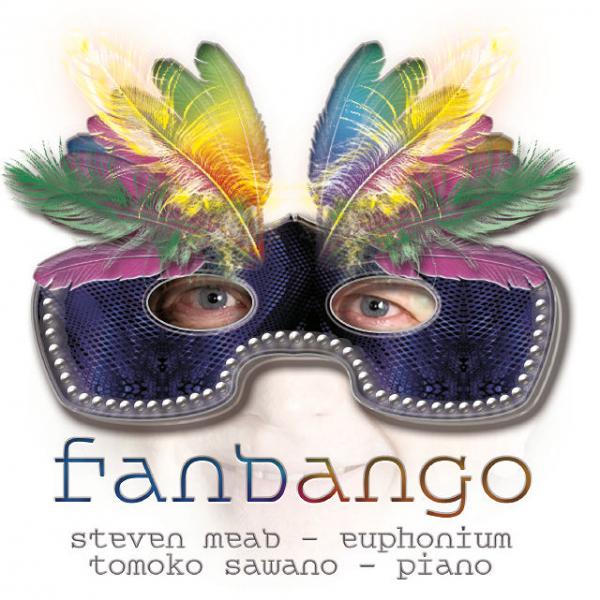
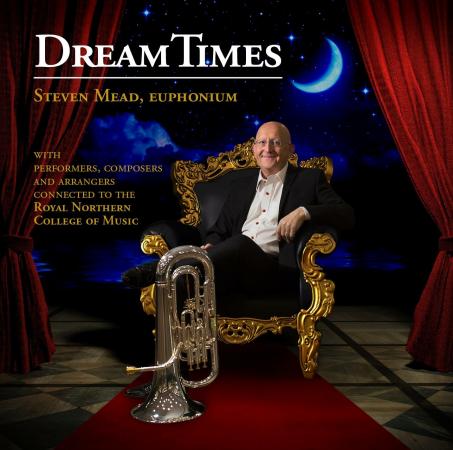
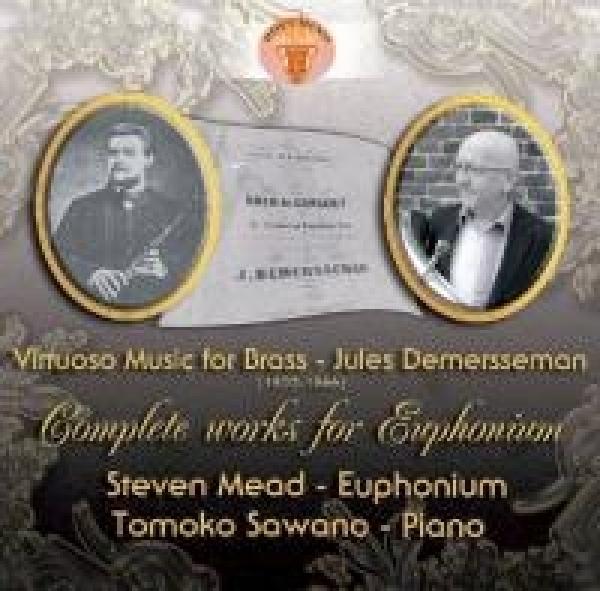

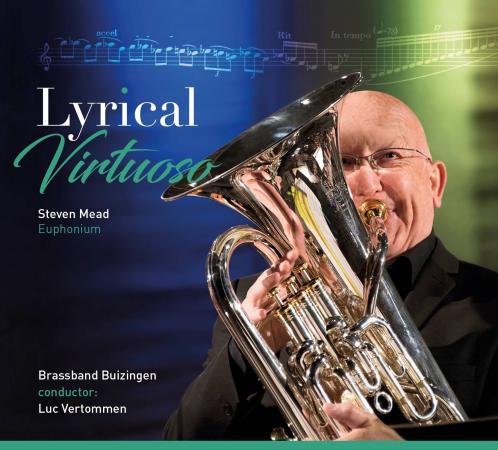
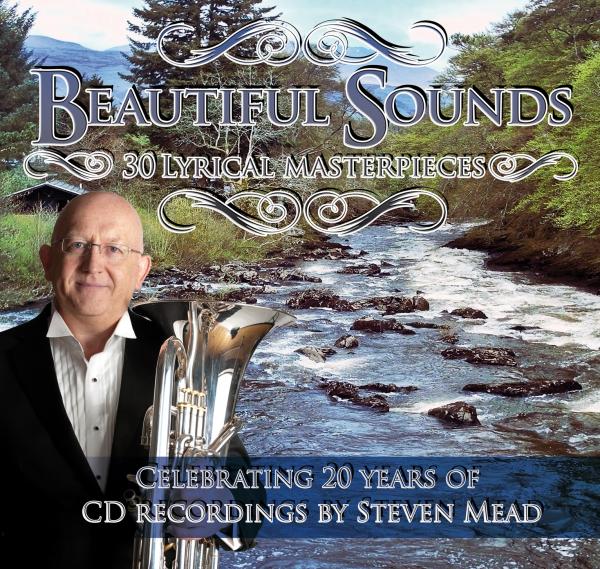
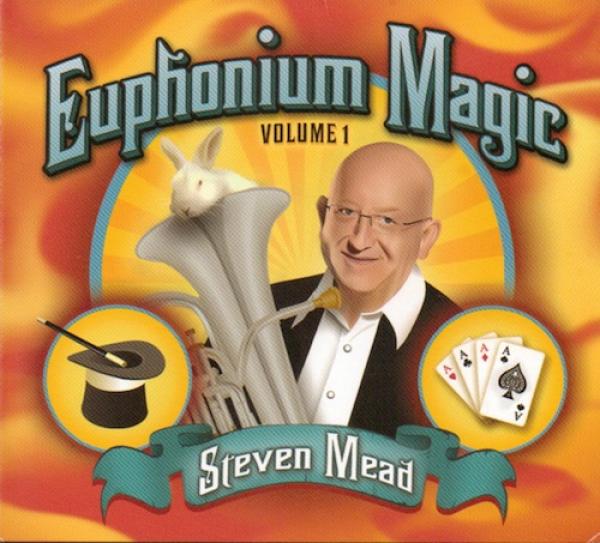
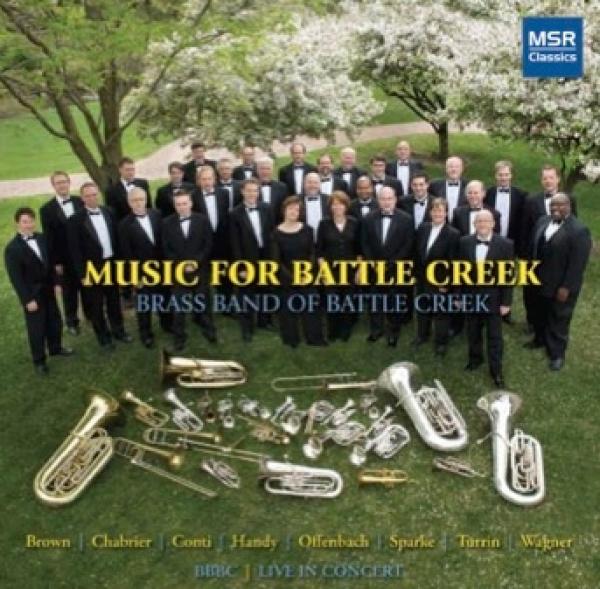

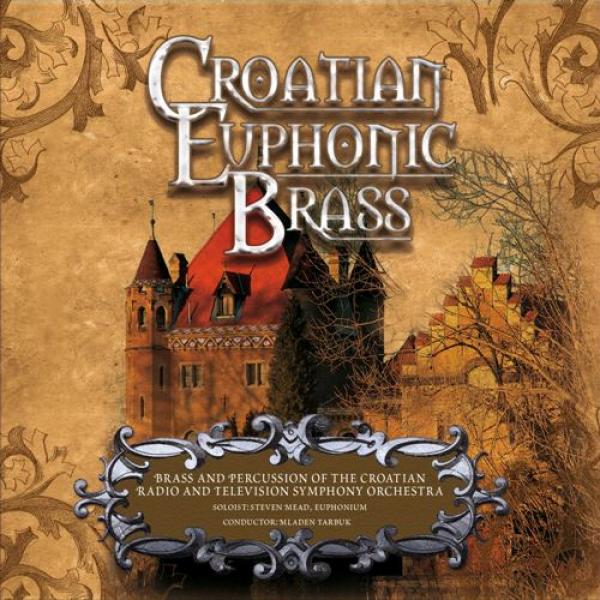
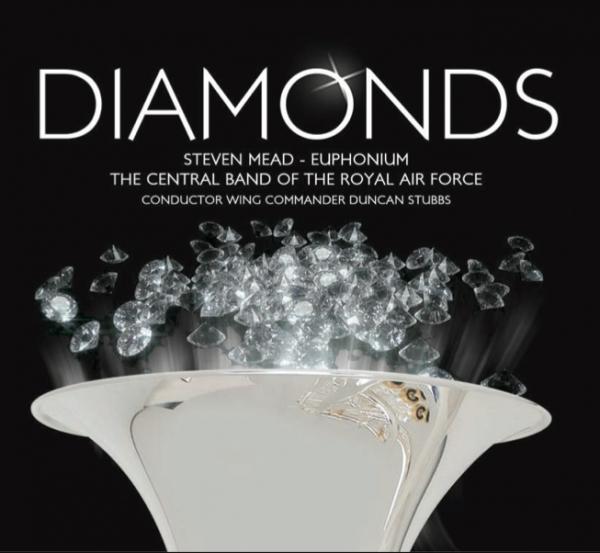
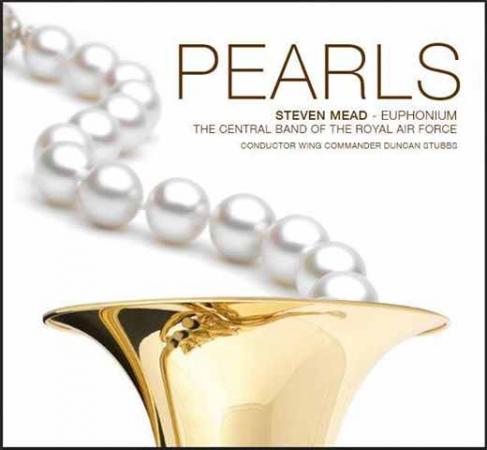
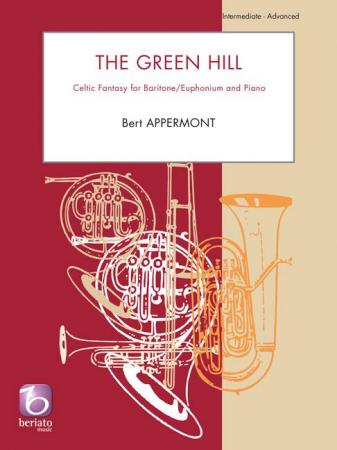


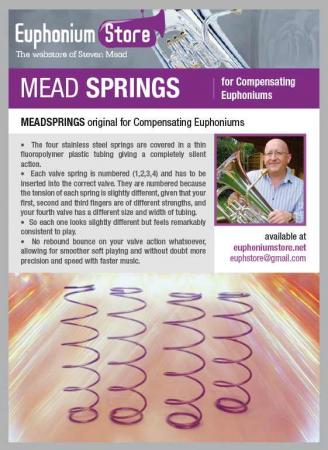
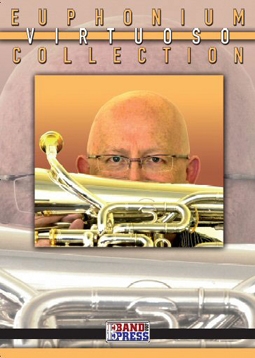
 In stock
In stock